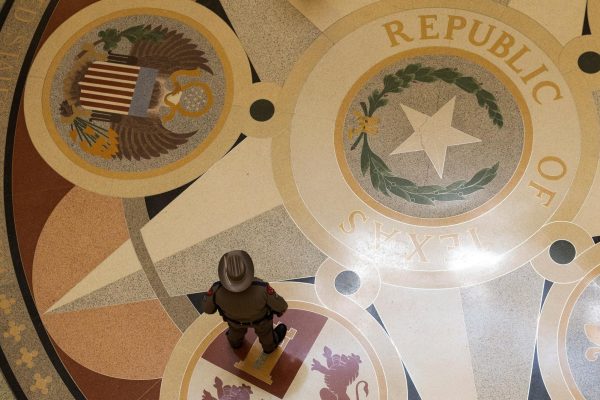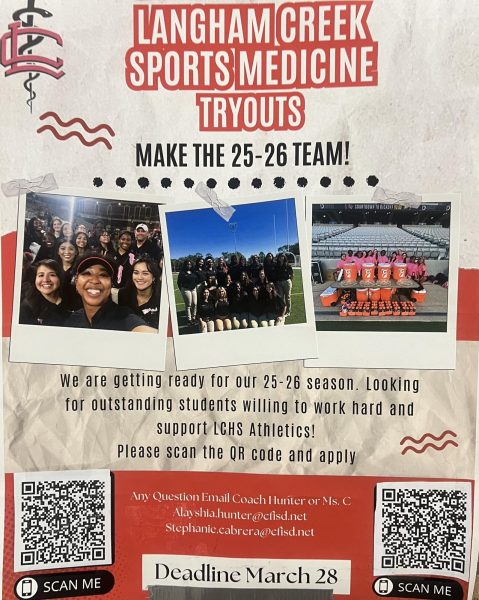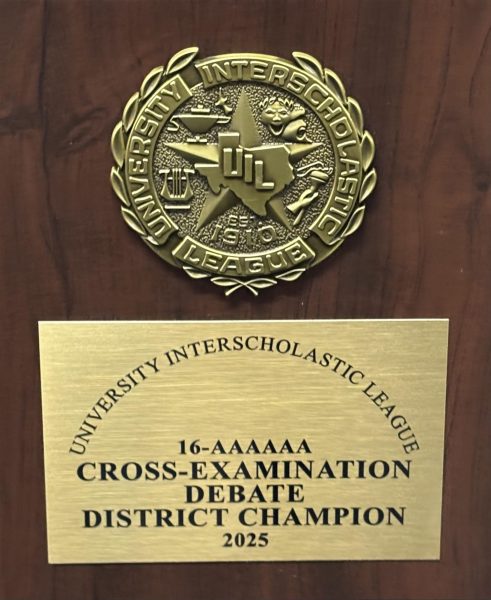Summer School Information
With school ending and summer fast approaching, students can now register for summer school through applications provided by their counselor.
Forms for make-up credit courses are reaching the deadline of June 6th. As long as there are available seats, students can register over at the school that they’re attending for summer school up until the day before summer break. On the contrary, the time period to submit in forms for original credit courses ended on May 16th, but students who did not meet the deadline might have the chance to still participate in the program.
“Students can get on the waiting list. If luckily there’s a spot available, they can be eligible to enroll,” counselor Jamie Alam said.
Aside from turning in the application on time, there aren’t any other requirements to enroll in a credit recovery class, which is only offered for students who did not pass a subject. However, it is a different case for original credit courses.
“To be qualified in an original credit course, students are obligated to pay for the class. There are certain circumstances where they can get extra aid from the school, such as a reduced price,” Alam said.
Students might find summer school appealing due to its benefits, which vary depending on the type of summer school they’ve chosen. Mainly for make-up credit, it’s for students who are given the opportunity to catch back up to their peers and to go to the next subject in that particular sequence.
“For example, a student who did not pass Algebra 1 won’t be considered as a sophomore. Therefore, it is really important for those students, as far as their classification, credit they’ve earned, and potential graduation,” Alam said.
On the contrary to make-up credit, courses for original credit carry a variety of advantages. Original credit class teaches a subject that students haven’t learned at school, so it is a chance for them to get ahead and perform at a quicker pace than commonly taught. Many students choose to participate in the program to make room in their schedule for more electives. Another advantage of original credit is it’s similarity to credit recovery.
“The course enables several students to catch back up. For example, they had to spend a couple of years in Algebra 1, because it was just a difficult topic for them. Then, they could take Geometry over the summer to be back on track with their peers and in their math sequence,” Alam said.
Subjects being covered for summer school include the basic levels of Math, Science, and English, but original credit courses vary every year.
“This year, our original credit courses are English 2 through 4, World Geography, World History, US History, Government Economics, Health, and P.E. Juniors are required to take a speech class, so they can do that over the summer,” Alam said. “However, classes such as Advanced Algebra and other APs are only offered during the school year.”
A major difference between a regular high school and summer school is its time structure.
“Summer school only runs from Monday to Thursday. Original credit is from 7:30 a.m. to 2:30 p.m., whereas make-up credit starts at 8 a.m. and ends at 2:30 p.m.,” Alam said. “The first session is from June 13th till June 30th, and the second session runs from July 5th to July 25th. Because it’s a shorter amount of time than a normal high school, students will have to cover a lot of topics in one day.”
Another detail that students should be aware of is the location they need to proceed to for summer school.
“Each year, they try to rotate it around the district. Two schools are available: math and science at one school and English and social studies at the other. P.E. is in both places,” Alam said.
Aside from the location, students should also be mindful of how transportation works.
“Transportation, such as buses, won’t be provided from the school, so it is imperative for students to find a way on their own,” Alam said. “As long as they can carry the responsibilities and requirements of summer school, students can expect to gain benefits from the program.”






